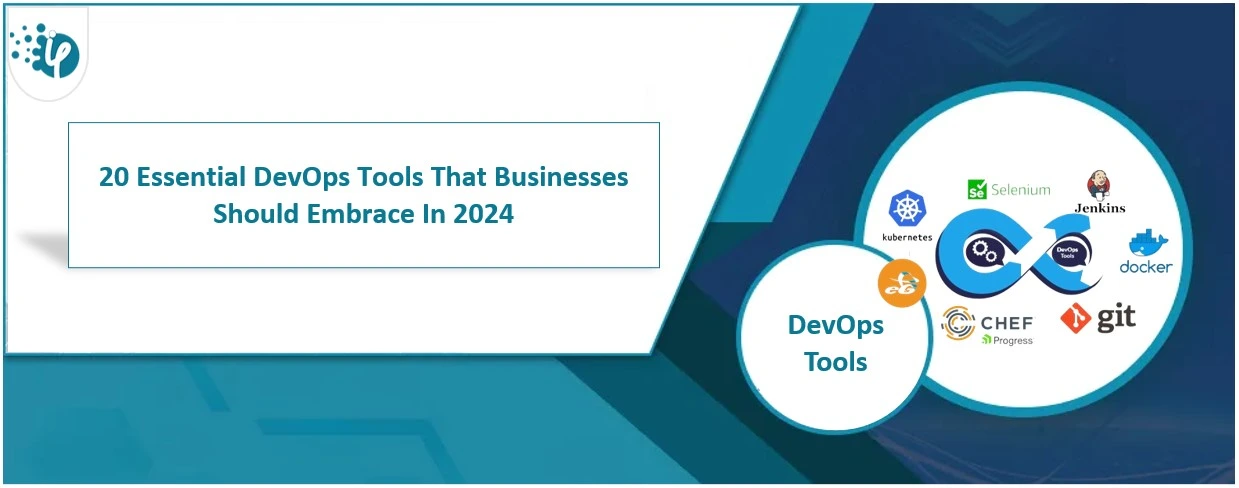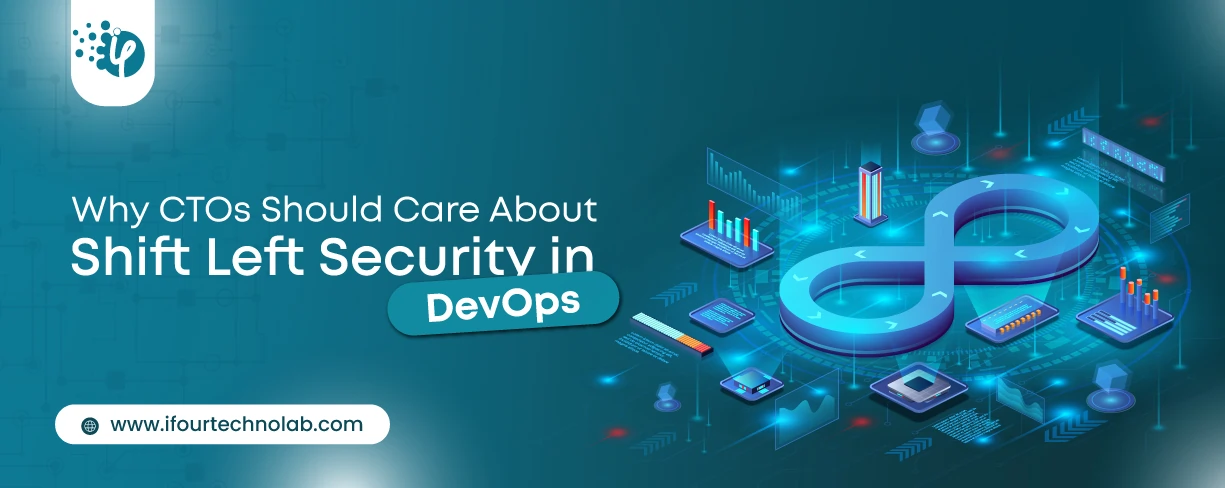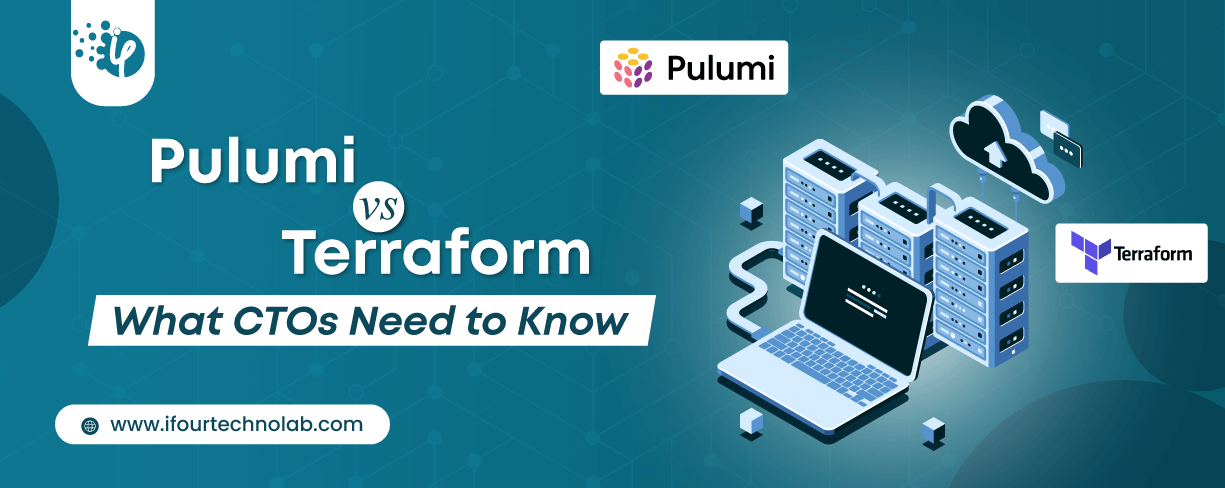How to Do Forecasting in Power BI (Steps & Accuracy Metrics)
Remember our last Power BI forecasting guide? It uncovered what really blocks accuracy. Now it's time to take the next step. Knowing Power BI challenges is just the start - mastering...
Listening is fun too.
Straighten your back and cherish with coffee - PLAY !

Before navigating into the world of DevOps, it's important to know what DevOps is exactly. DevOps is a methodology that uses continuous integration, continuous delivery, and automation to shorten the software delivery lifecycle (SDLC). More than just a set of practices, DevOps embodies a culture and a philosophy that bridges the gap between developers (Dev) and IT operations (Ops) teams.
By fostering collaboration and communication between those teams, DevOps breaks down traditional silos, leading to more efficient and error-free software releases, enabling organizations to respond more swiftly to market changes, enhance customer satisfaction, and maintain a competitive edge.
This article will help you navigate the landscape of DevOps tools, which help in various stages of the SDLC, from coding and building to testing, deployment, and monitoring. Whether you are new to DevOps or looking to enhance your existing toolkit, it will guide you in selecting the tools that align with your specific needs and goals in custom software development
DevOps tools are essential platforms and software used to integrate development and IT operations to reduce time to market for new features and updates. They improve the efficiency of the SDLC by automating tasks across coding, building, testing, deployment, and monitoring. These tools enable continuous integration (CI) and continuous deployment (CD), allowing for seamless integration of code changes and rapid deployment to production environments.
DevOps tools also play a crucial role in monitoring applications and infrastructure, offering real-time insights to prevent issues and maintain high performance. They help foster collaboration among cross-functional teams, providing platforms for communication, progress tracking, and documentation. This enhances team synergy, reduces errors, and improves problem-solving efficiency.
DevOps tools can be divided into several key categories:
Git is the foundational element in the version control segment of DevOps. It's a distributed version control system renowned for efficiently handling small to large projects with speed and data integrity. Git facilitates tracking changes in source code during the software development process, enabling multiple developers to work on the same project simultaneously without conflicting changes.
GitHub is a cloud-based hosting service that leverages Git's version control capabilities for collaborative software development. It's a nexus for developers to store, manage, share, and collaborate on code. Its robust features include pull requests, code review, project management, and issue tracking, making it a favorite among open-source and private development projects.
GitLab is an integrated, open-source solution for the entire DevOps lifecycle. It combines the functionality of Git version control with continuous integration and deployment (CI/CD), project management, and issue-tracking tools. GitLab provides a unified experience for software development, from initial coding to final deployment, streamlining workflows and enhancing team collaboration.
BitBucket is a Git-based source code repository hosting service designed for professional teams. It offers code collaboration features with integrated CI/CD. BitBucket supports the management of the development process with pull requests, branch permissions, and inline comments, optimizing the workflow for teams of all sizes.
Docker has revolutionized the field of containerization in DevOps. The platform allows developers to package applications into containers — standardized executable components combining application source code with the operating system (OS) libraries and dependencies required to run that code in any environment. This ensures consistency across multiple development and release cycles, significantly simplifying the creation, deployment, and running of applications using containers.
Kubernetes , often referred to as K8s, is a powerful container orchestration tool that automates the deployment, scaling, and management of containerized applications. Originally designed by Google and now maintained by the Cloud Native Computing Foundation, it groups containers that make up an application into logical units for easy management and discovery. Kubernetes is widely recognized for its ability to handle large-scale, production-grade applications and provides self-healing, automatic rollbacks, and scaling features.
Terraform is a widely used IaC (Infrastructure as Code) tool that lets you define and deliver infrastructure using a declarative configuration language. This platform is developed by HashiCorp, and it is well known for offering a consistent CLI workflow to manage hundreds of cloud services.
Terraform codifies cloud APIs into declarative configuration files, enabling infrastructure to be versioned and managed like any other programming.
OpenTofu is an IaC tool that emerged when Terraform shifted to a Business Source License (BSL) in August 2023. A community-driven open-source fork of Terraform, it has matured into a powerful, production-ready, infrastructure-as-code tool.
AWS CloudFormation is Amazon's service for modeling, provisioning, and managing AWS resources. It enables developers to use code to model and automate the setup and deployment of AWS services, ensuring a more efficient and secure infrastructure management process.
Pulumi is an IaC tool that lets developers use familiar programming languages to define and manage cloud infrastructure. It supports multiple clouds with the same tool and languages, including JavaScript, TypeScript, Python, Go, and .NET. Pulumi blends the ease of programming languages with the power of direct access to cloud-native resources, offering a fresh approach to IaC.
Ansible is recognized for its simplicity and power in IT automation. It is an open-source tool that automates software provisioning, configuration management, and application deployment. The tool uses a straightforward syntax written in YAML, known as playbooks, to describe automation jobs. Its agentless architecture and use of existing SSH infrastructure make it easy to deploy and use, helping teams easily manage complex multi-tier deployments.
Chef is a robust configuration management tool used for automating infrastructure. It uses a master-agent model and employs Ruby-based configuration files (recipes) to streamline the management and deployment of servers and applications. The tool ensures that infrastructure is deployed and managed consistently at scale, efficiently handling complex tasks and configurations across a network of machines.
Puppet is an open-source configuration management tool. It enables users to manage IaC, providing a platform for automated system administration and customizing configurations across a network of machines. Puppet uses declarative language to describe system configuration, which is enforced and maintained automatically, ensuring reliability and consistency in infrastructure management.
CircleCI is a CI/CD tool that automates software development, from code building and testing to deployment. It is known for its easy setup and fast build times, supporting cloud-based and on-premise environments. CircleCI integrates seamlessly with popular version control systems like GitHub and Bitbucket, streamlining the CI/CD pipeline and facilitating continuous delivery with high-frequency deployments.
GitHub Actions is an automation tool within the GitHub ecosystem that enables developers to automate their software workflows. You can create custom software development life cycle (SDLC) workflows directly in your GitHub repository with GitHub Actions. The tool allows for building, testing, and deploying code from GitHub, making it easier for teams to manage CI/CD processes within the familiar GitHub interface.
Jenkins is an open-source automation server widely used for its extendable CI/CD capabilities. It helps automate the parts of software development related to building, testing, and deploying, facilitating continuous integration and delivery. Jenkins is known for its vast plugin ecosystem, which extends its use to a project's specific needs.
Prometheus is an open-source monitoring and alerting toolkit widely used in DevOps practices. It specializes in recording real-time metrics in a time-series database built using an HTTP pull model, with flexible queries and real-time alerting. Prometheus is designed for reliability and simplicity, providing a robust data model and a query language that efficiently handles multi-dimensional data. It is particularly suitable for monitoring dynamic cloud environments.
Grafana is a popular analytics and interactive visualization web application that provides rich opportunities for visualizing and exploring data in real time. It supports a variety of data sources, including Prometheus, and is known for its powerful and customizable dashboards. Grafana allows teams to create, explore, and share dashboards that display data from multiple sources, making it an invaluable tool for operational insight and data-driven decision-making.
Spacelift offers a collaborative platform for IaC that enables DevOps teams to manage complex infrastructures simultaneously. It enables integration with all clouds and works with any IaC framework (OpenTofu, Terraform, Pulumi, CloudFormation, Ansible, Kubernetes, Terragrunt) for optimal visibility and control.
Atlantis is a tool geared towards enhancing collaboration on Terraform. It facilitates safe and efficient collaboration through pull requests, integrating directly into version control systems like GitHub, GitLab, and Bitbucket. Atlantis ensures that infrastructure changes are reviewed and applied in a controlled manner, enhancing the security and consistency of infrastructure deployments. This tool is especially beneficial for teams implementing Terraform at scale, streamlining their workflow, and ensuring compliance with best practices.
Having a comprehensive understanding of these technologies and their specific use cases is of utmost importance when it comes to custom software development. Additionally, businesses can optimize their performance by collaborating with iFour and adopting automation, DevOps, and open-source solutions, leading to various benefits.
And with that, we bring this informative blog to a close. I hope these valuable insights help you for your business ventures.
If you are looking for Microsoft Azure App services, contact us right now. We have experienced Azure developers who will assist you in streamlining your business processes on Microsoft Azure cloud.
Selecting the appropriate DevOps tools is critical in shaping the efficiency and effectiveness of both software development and IT operations. Tools like Git, Docker, Jenkins, and Prometheus each play a key role in streamlining and enhancing various aspects of the software development lifecycle. However, the choice of tools should depend heavily on an organization's specific set of needs, challenges, and workflows, and not necessarily adopting what's popular or trending.
DevOps teams must explore and understand these tools to identify those that best align with their unique objectives. Factors that should be considered while picking the right toolset include the technical expertise of the team, scalability, compatibility with current systems, and specific project needs. The right combination of tools can significantly boost efficiency, enhance product quality, and improve responsiveness to market demands.
I encourage readers to investigate these tools further, experiment with them, and discover the ideal mix that complements their DevOps environment, ultimately leading to more effective and agile software development and operations.

Remember our last Power BI forecasting guide? It uncovered what really blocks accuracy. Now it's time to take the next step. Knowing Power BI challenges is just the start - mastering...

Security has always been a major concern. Your company spends millions on cybersecurity tools, and guess what? You’re still vulnerable. When you're working in the cloud, especially...

Automation isn’t just a trend anymore. It’s a must-have for any business relying on the Cloud. As the firm grows, cloud infrastructure gets more complex. So, choosing the right Infrastructure...